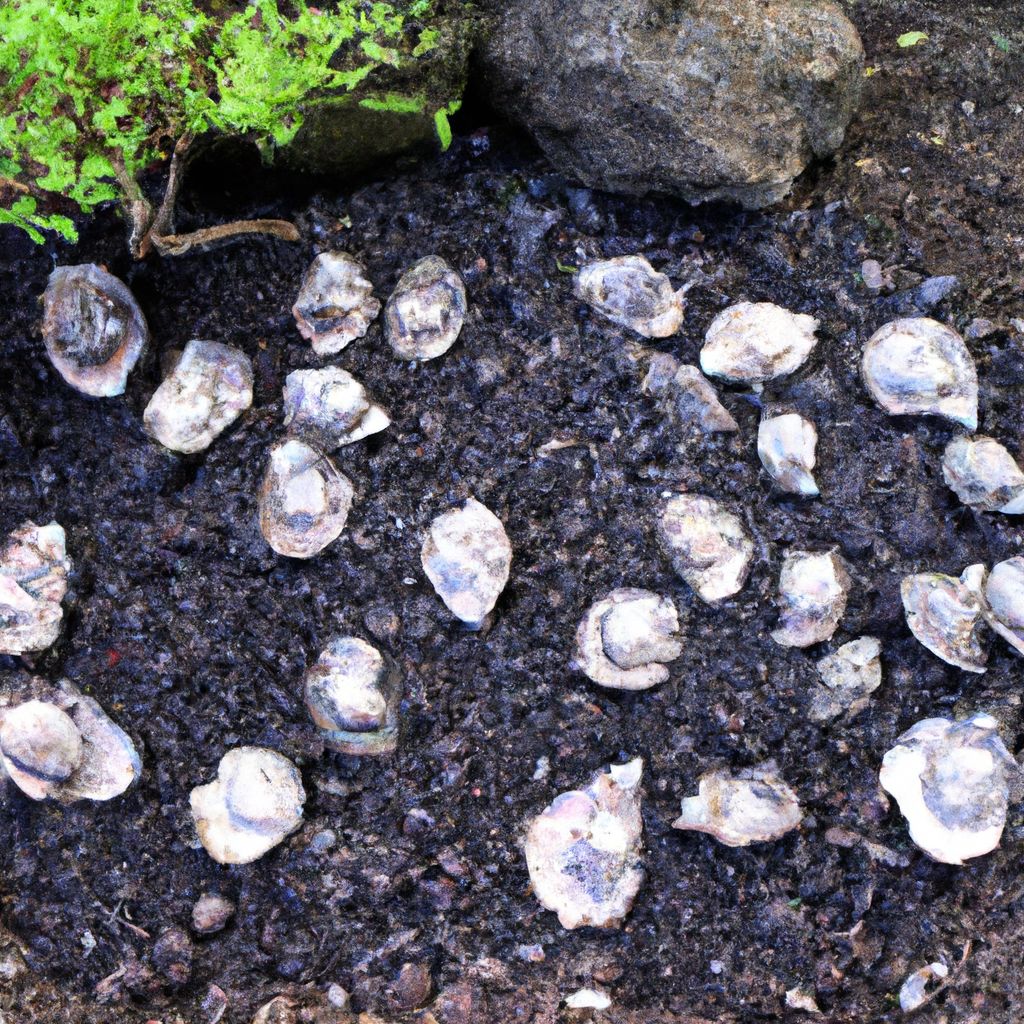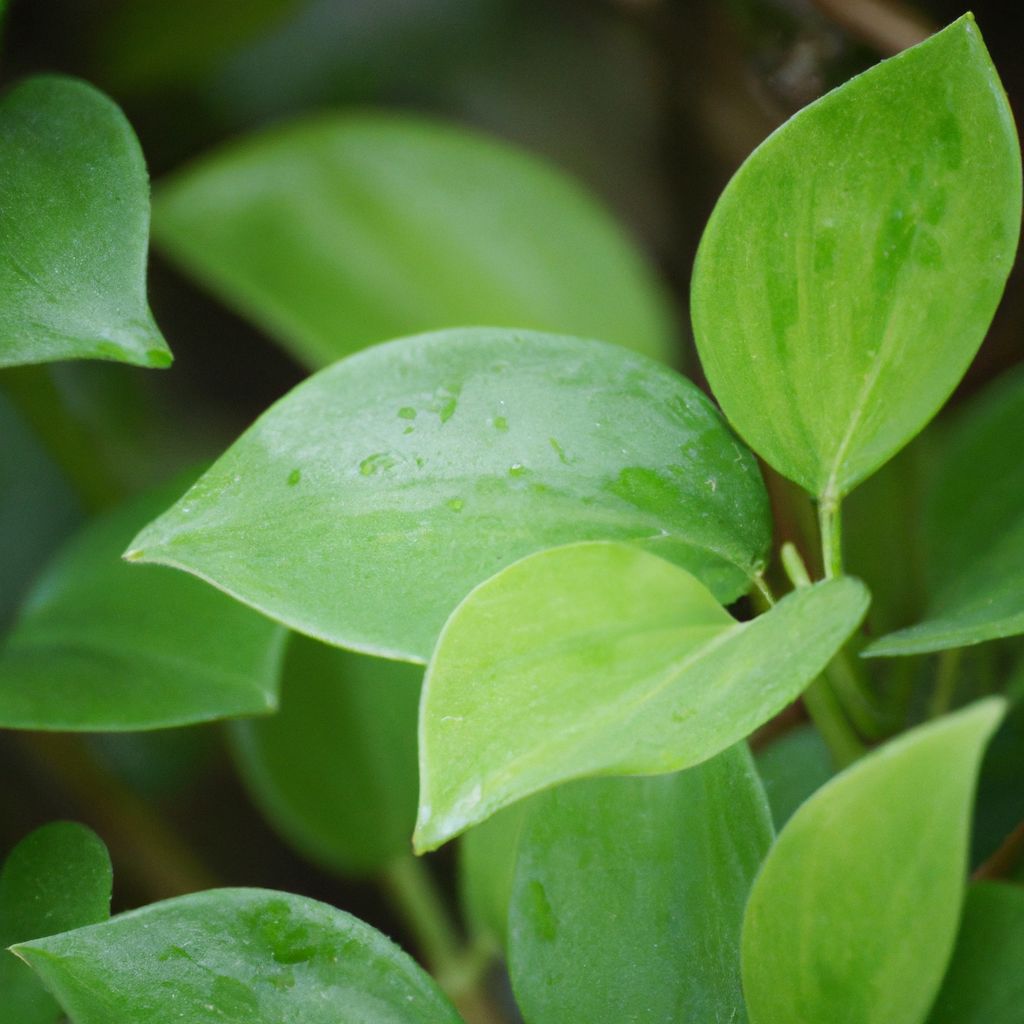Oyster shells offer a natural way to enrich soil with essential nutrients and minerals. When incorporated into the garden, oyster shell for soil health can provide numerous benefits for plant growth.
The Importance of Healthy Soil
The health of soil plays a critical role in plant productivity and resilience. Healthy soil contains abundant organic matter and beneficial microbes. This creates a fertile environment where roots can thrive, absorbing ample water and nutrients. Proper soil health also promotes drainage and aeration while maintaining balanced nutrient levels.
Benefits of Healthy Soil
- Provides nutrients, water, and support for plant growth
- Allows roots to access nutrients efficiently
- Maintains balanced nutrient levels
- Increases crop yields and plant resilience
- Conserves water through enhanced moisture retention
- Promotes carbon sequestration to mitigate climate change effects
- Sustains long-term soil fertility and thriving ecosystems
Ways to Improve Soil Health
There are several methods gardeners and farmers can use to improve and maintain optimal soil health:
- Crop rotation – Growing different crops in succession on the same land to replenish nutrients
- Cover cropping – Planting crops to cover and protect soil in the off-season
- Reduced tillage – Minimizing soil disruption to preserve organic matter
- Compost amendment – Adding nutrient-rich compost to the soil
- Mulching – Covering soil surface with organic materials to retain moisture
- Reduce chemical inputs – Limiting synthetic fertilizers and pesticides
The Benefits of Using Oyster Shells

By using oyster shells, gardeners can elevate their soil quality in multiple ways. Oyster shells are rich in calcium carbonate, which helps regulate pH levels. The calcium encourages stronger cell walls and healthier root development. Oyster shells also contain micronutrients like magnesium, potassium, and manganese. These minerals bolster the soil’s nutritional profile.
Key Benefits of Oyster Shells
- Rich source of calcium – Calcium strengthens cell walls and promotes healthy root growth. It also helps prevent diseases.
- Provides essential minerals – Magnesium, potassium, manganese and other minerals contribute to balanced plant nutrition.
- Enhances soil structure – Improves drainage and creates space between soil particles for better aeration and root growth.
- Regulates pH levels – Calcium carbonate helps neutralize acidic soils and establishes optimal pH for plant growth.
- Supplies micronutrients – Trace amounts of zinc, iron, copper aid in overall plant health and vitality.
Additionally, the physical structure of crushed oyster shells boosts soil aeration and water drainage. Their coarse texture creates spaces between soil particles for improved circulation. This alleviates compaction and allows for better root penetration.
Preparing and Applying Oyster Shells
When preparing oyster shells, start by thoroughly cleaning them to remove debris. Use a brush to scrub off any remaining organic matter. Then break the shells into smaller fragments with a hammer or heavy tool. The crushed shells can then be incorporated into the soil through various methods.
Cleaning and Preparation
- Obtain shells from reputable seafood sources
- Scrub shells with brush and rinse well
- Soak in water/vinegar solution to eliminate bacteria
- Allow shells to completely air dry after rinsing
- Crush shells into smaller pieces before application
Application Methods
There are several techniques for applying crushed oyster shells to soil:
- Spread shells evenly over soil surface
- Mix powdered shells into soil when tilling
- Create soaking solution by soaking shells in water
- Use as mulch around plants
- Add crushed shells to compost pile
The appropriate amount to use will depend on soil needs. Conduct a soil test to determine pH levels and nutritional requirements. As a general guideline, apply 10-20 lbs per 100 sq ft of soil.
Calculating the Right Amount
Follow these tips for determining the ideal oyster shell quantity:
- Measure garden area to find square footage
- Consider current soil condition and needs
- Start with 10-20 lbs per 100 sq ft as a baseline
- Adjust amount based on soil acidity and calcium levels
- Test pH before and after application to monitor changes
- For gradual release, divide total amount into multiple applications
Tips for Using Oyster Shells Effectively
It’s important to gradually introduce the oyster shells over time. This allows for their slow-release benefits while preventing nutritional imbalances.

Gradual Incorporation
- Spread a thin layer of crushed shells and lightly mix into top soil
- Gradually increase amount used over multiple applications
- Allows time for shells to fully break down and integrate
- Leads to long-term soil health and sustainability
Monitoring pH Levels
- Test soil pH yearly and whenever plant health changes
- Optimal pH is slightly acidic to neutral (6.0-7.0)
- Lower pH with acidic amendments if too alkaline
- Raise pH with lime if too acidic
- Adjust pH gradually allowing soil to stabilize
Composting Oyster Shells
- Crush shells into smaller pieces before composting
- Combine with fruit/veggie scraps, grass clippings, leaves
- Avoid excessive shells to prevent accumulation
- Turn compost regularly for even breakdown
Preventing Excess Buildup
- Spread shells evenly over soil area
- Break shells into smaller fragments
- Mix with compost or organic matter
- Monitor decomposition rate and adjust amount
- Start with smaller quantities and increase gradually
- Assess soil periodically for texture and accumulation
By following these tips, gardeners can optimize the benefits of oyster shells for healthier, more vibrant soil and plants.
Final Thoughts on Oyster Shell for Soil

- Oyster shells contain abundant calcium, minerals and micronutrients that enrich soil fertility
- They improve drainage, aeration, and soil structure for healthier root growth
- Oyster shells help neutralize acidity and provide optimal pH for plant nutrition
- Effective preparation requires thorough cleaning and crushing shells before application
- Gradual incorporation of shells allows for full breakdown and integration over time
- Monitoring pH levels is important for maintaining the ideal balance
- Used properly, oyster shells can transform soil health for more productive gardens and crops
Give oyster shells a try and see the positive impacts they can have on revitalizing your soil. Their natural properties make them a sustainable solution for cultivating robust plants.















































